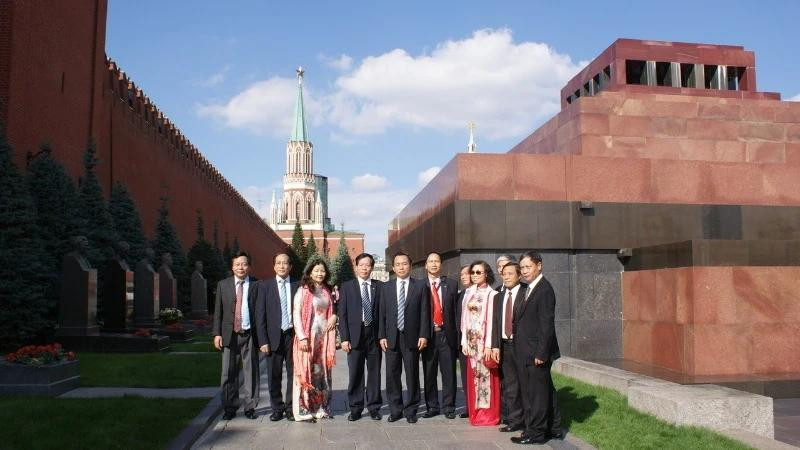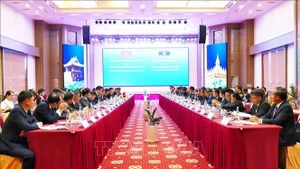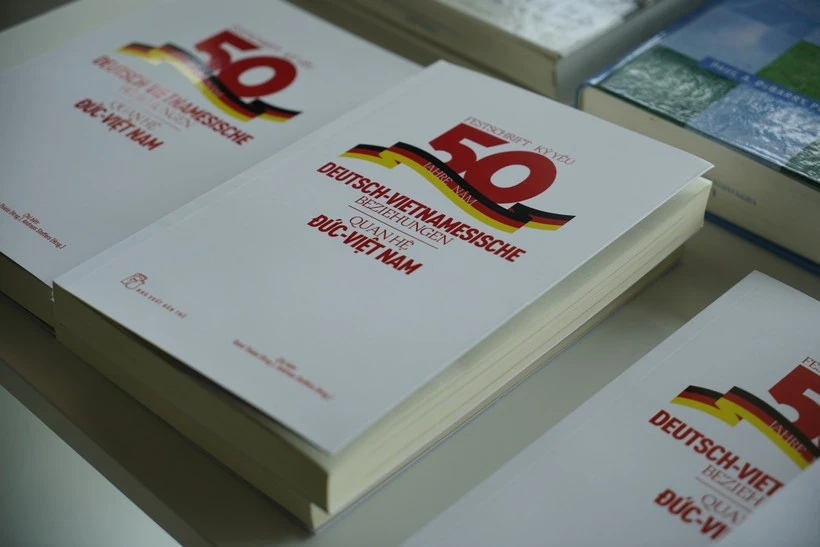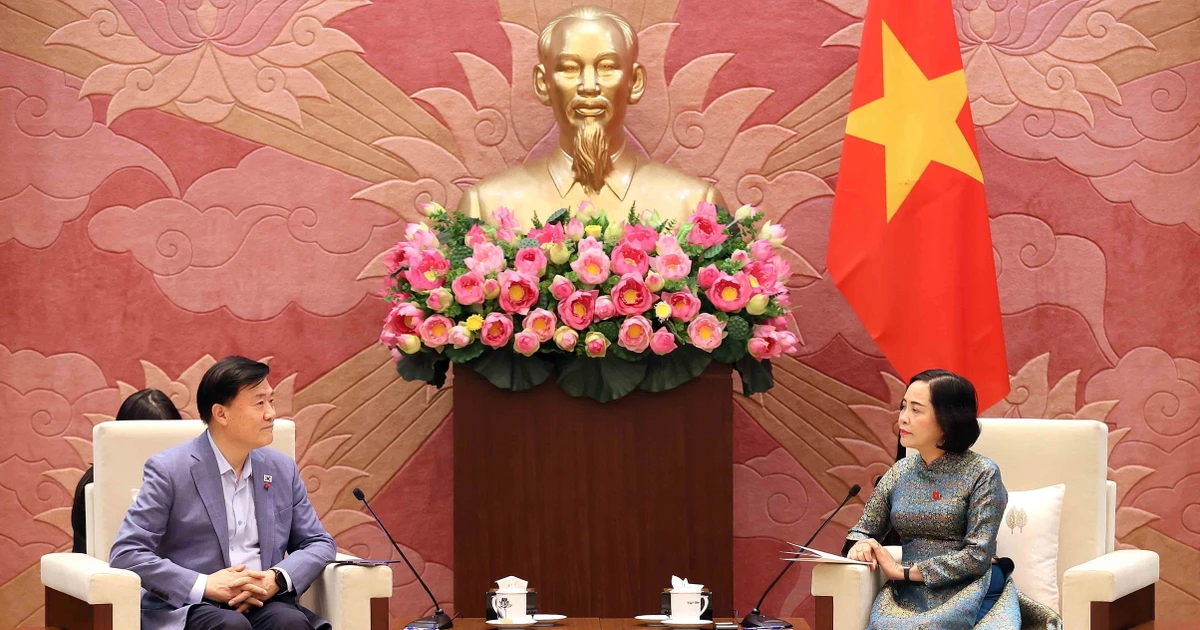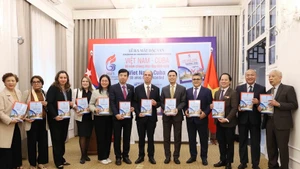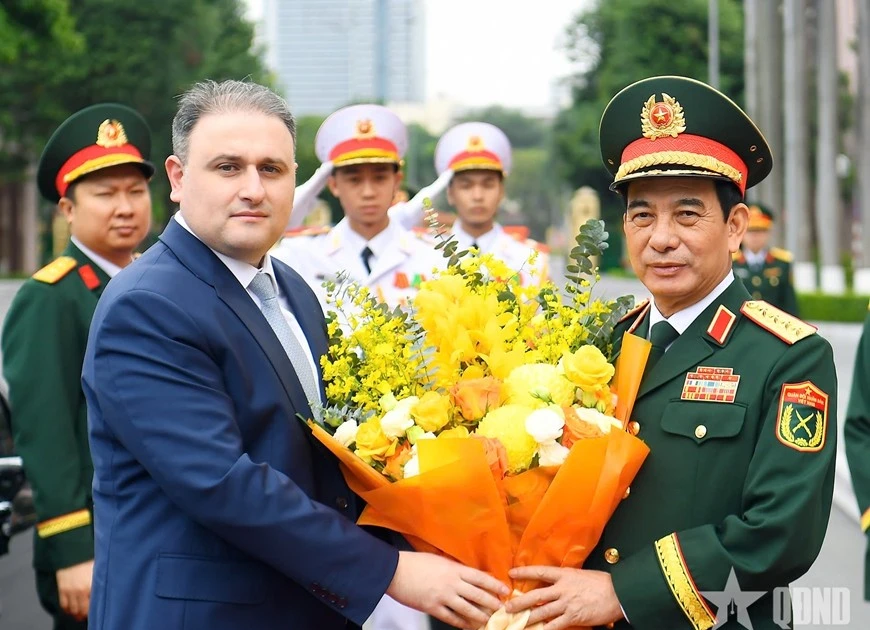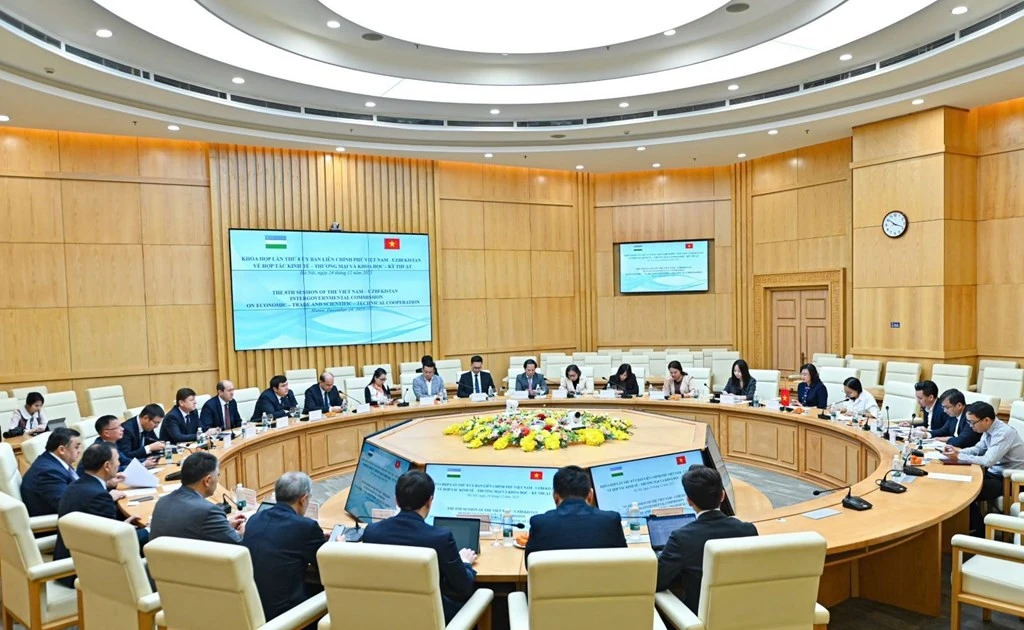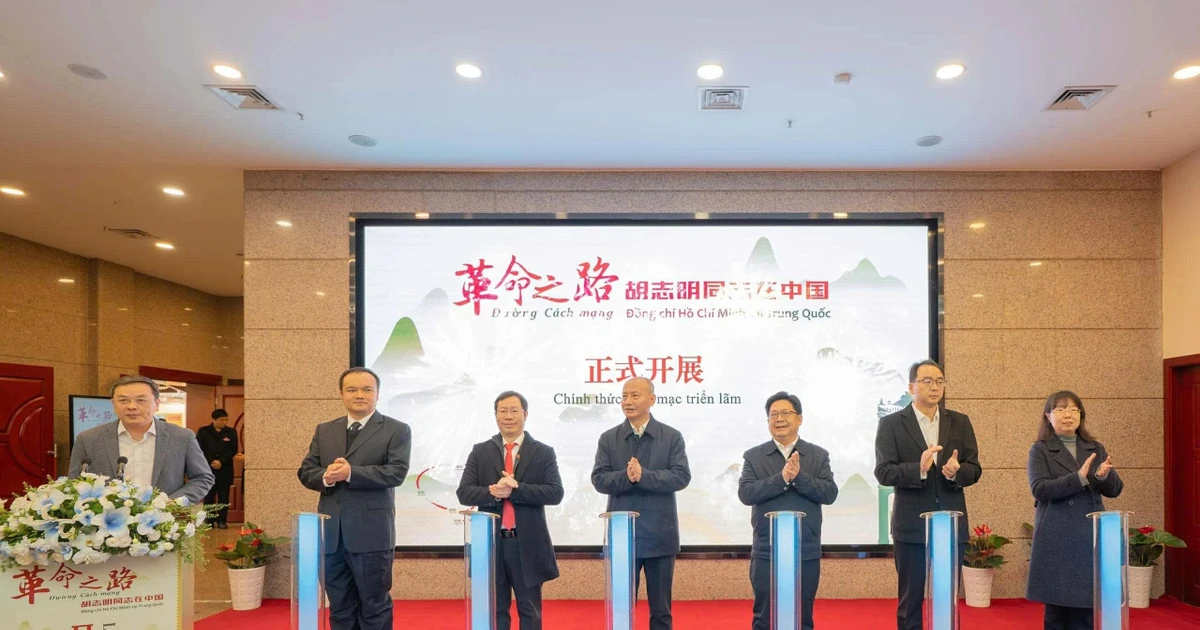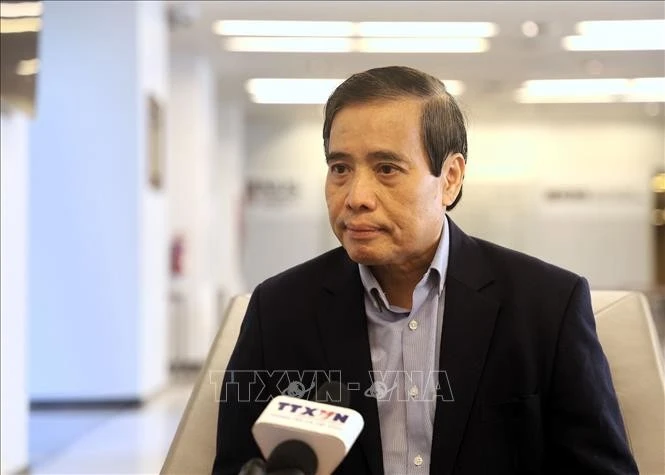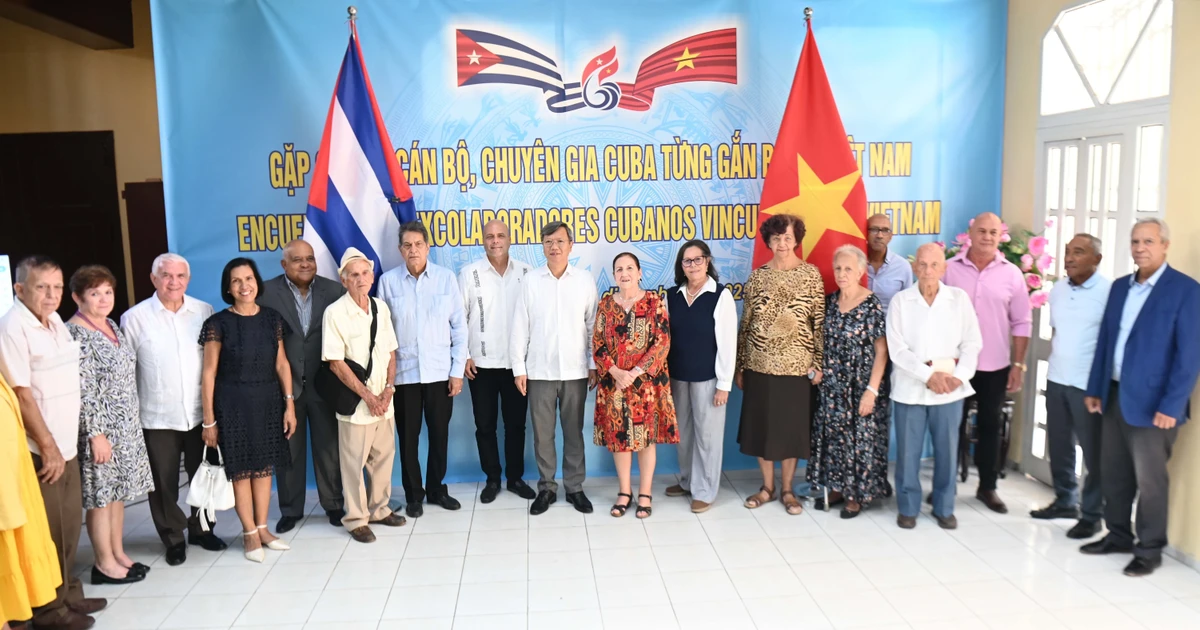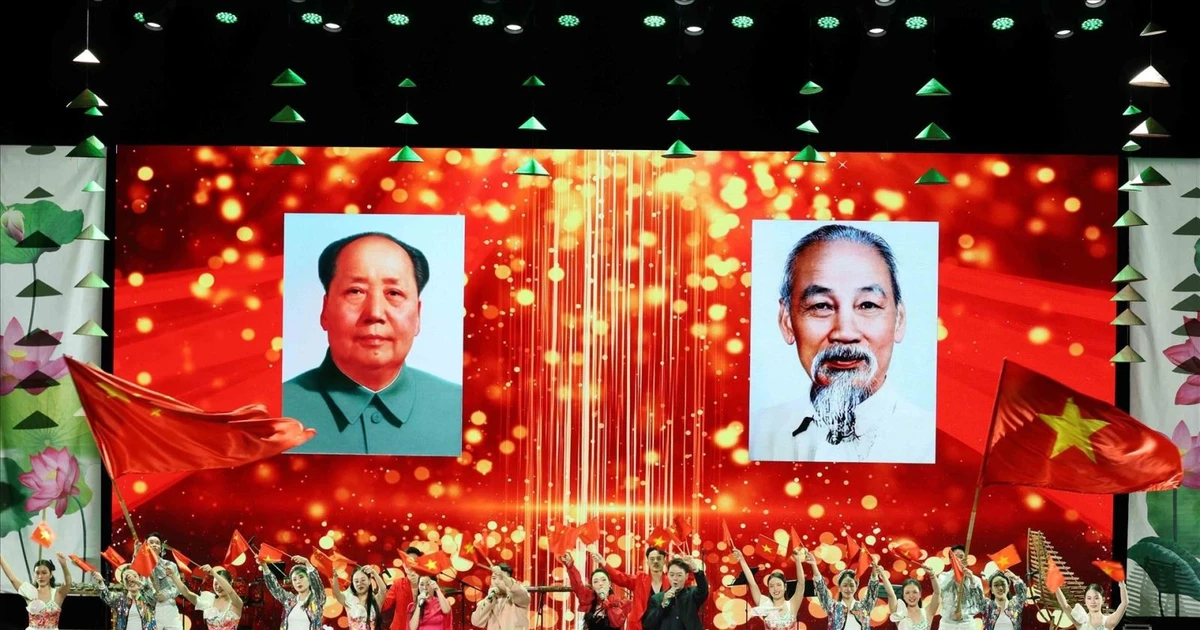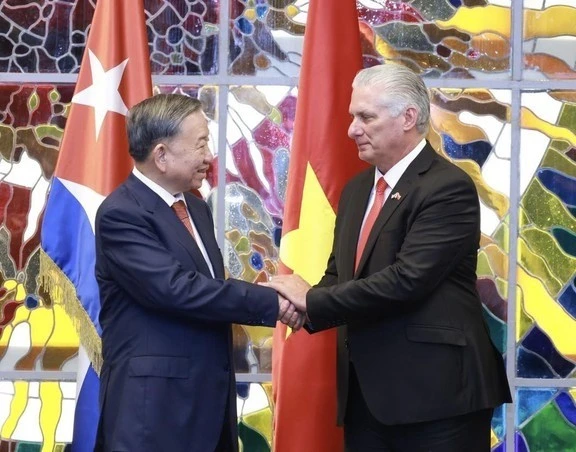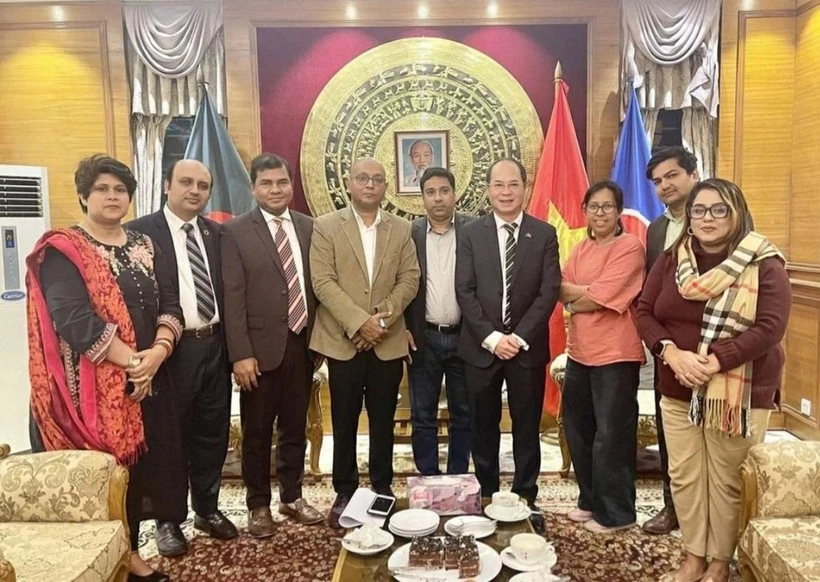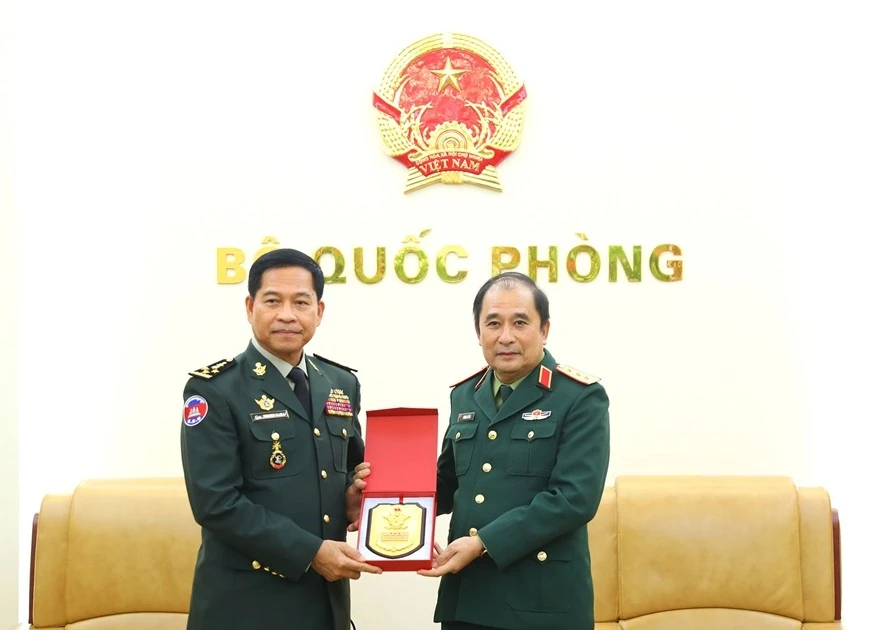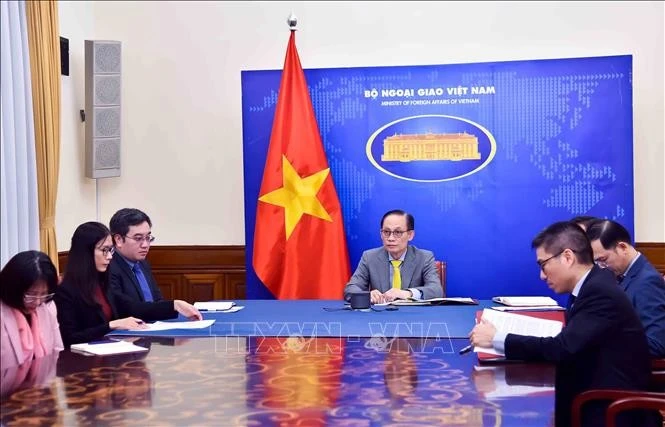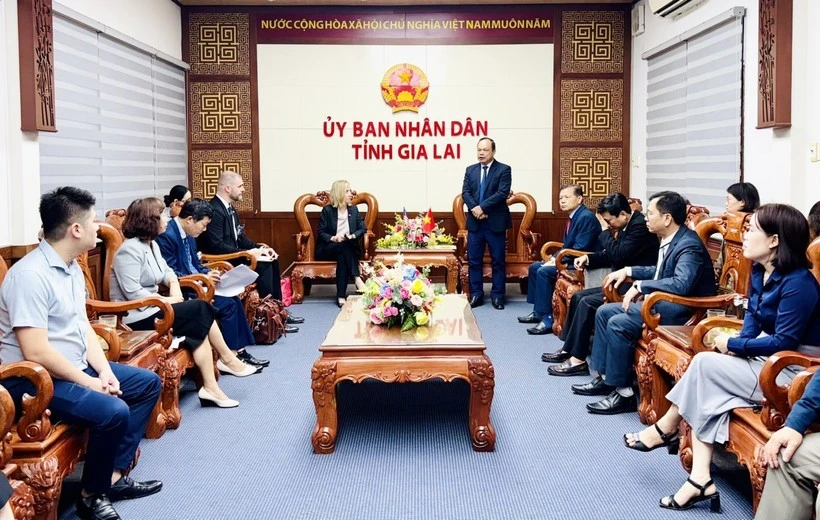In a long line of people from around the world, the Hanoi delegation stepped slowly into the mausoleum.
A solemn space, bathed in a soft red glow, encompassed the entire room.
There, through the glass, Lenin lay as an immortal symbol.
His figure was small, yet his forehead seemed vast and high. A man who changed the fate of the world, who inspired millions, now rests in perfect form.
The delegation was not just paying respects to a person, but to an ideal—an enduring legacy of the proletarian revolution.
The vast sky over Moscow and the ancient domes of the Kremlin stood tall, testaments to the proud history of Russia.
The aged stones of Red Square have witnessed historic parades and monumental events of humankind.
It was here that Lenin ushered in a new era—and it is also here where his ideals continue to resonate, becoming the source of liberation movements for many oppressed and suffering nations.
Vietnamese children learned of Lenin through simple stories like “Lenin at the barbershop,” and “Lenin with children”. These stories planted the image of a great man who was nonetheless close, kind, and beloved.
In addition, history books introduced the image of Nguyen Ai Quoc (later President Ho Chi Minh), and some were moved to tears upon discovering Lenin’s Theses on the National and Colonial Questions.
That moment changed the course of history. It opened the path to liberation for the Vietnamese people.
As President Ho Chi Minh once said Lenin’s theses moved him deeply, inspired him, cleared his thoughts, and filled him with faith; and that he was so joyful he wanted to cry… This was what Vietnam needed; this was the path to Vietnam’s liberation.
That path was opened by Lenin, and creatively inherited and implemented by President Ho Chi Minh to fit Vietnam’s realities.
Generations of Party members have learned a vital lesson from Lenin, that revolution never stands still; it must constantly renew and evolve following reality.
Lenin once stated that countries cannot leap straight into communism but must use state capitalism as a transitional stage to build a socialist economy.
Vietnam has applied this thought during the Doi Moi process since 1986—opening up the economy while upholding the socialist orientation. This was not a concession, but a creative adaptation of Lenin’s theory to Vietnam’s national context.
In recent years, the Hanoi Party Committee has effectively led Party-building efforts, enhanced governance capacity, guided socio-economic development, ensured political stability, and safeguarded social welfare.
The infrastructure systems have been increasingly completed, and key projects invested in, laying a foundation for the Capital’s sustainable development.
Especially in the face of global economic changes, Hanoi has maintained steady growth, becoming the country's economic locomotive and a hub for international connectivity.
However, Hanoi also faces major challenges that must be overcome: the pressures of urbanisation, infrastructure development demands, and the necessity for modern, transparent, and efficient governance in global integration.
Additionally, unpredictable global changes, fierce economic and technological competition, geopolitical crises, and climate change pose unprecedented complex challenges.
Responding to the call of the Party and Party General Secretary To Lam to usher the country into a new era, the Hanoi Party Committee has directed the entire political system to focus on key tasks.
This demands that each cadre and Party member continue to enhance their management capacity, effectively apply Marxist-Leninist principles to their work, and actively participate in administrative reform—renewing leadership methods towards a modern, transparent administration that is close to and for the people.
The responsibility placed on the shoulders of cadres and Party members is not merely to maintain existing achievements but to create new values.
Each cadre and each Party member must be a pioneering role model—actively involved in streamlining the apparatus, promoting digital transformation in state management, and optimising workflows to improve efficiency and reduce unnecessary procedures.
Alongside this, building a team of cadres who are both capable and morally upright is essential to preserving and developing Lenin’s ideals in the new era.
In Hanoi, on Dien Bien Phu Street heading toward Ba Dinh Square, the statue of Lenin stands with the affection and respect of generations of true Communist Party members and the Vietnamese people.
Lenin remains forever a man of history—a source of inspiration and motivation for every cadre and Party member to persist and strive for a prosperous Vietnam and a steadfast Hanoi on the path chosen by President Ho Chi Minh and the Party.
